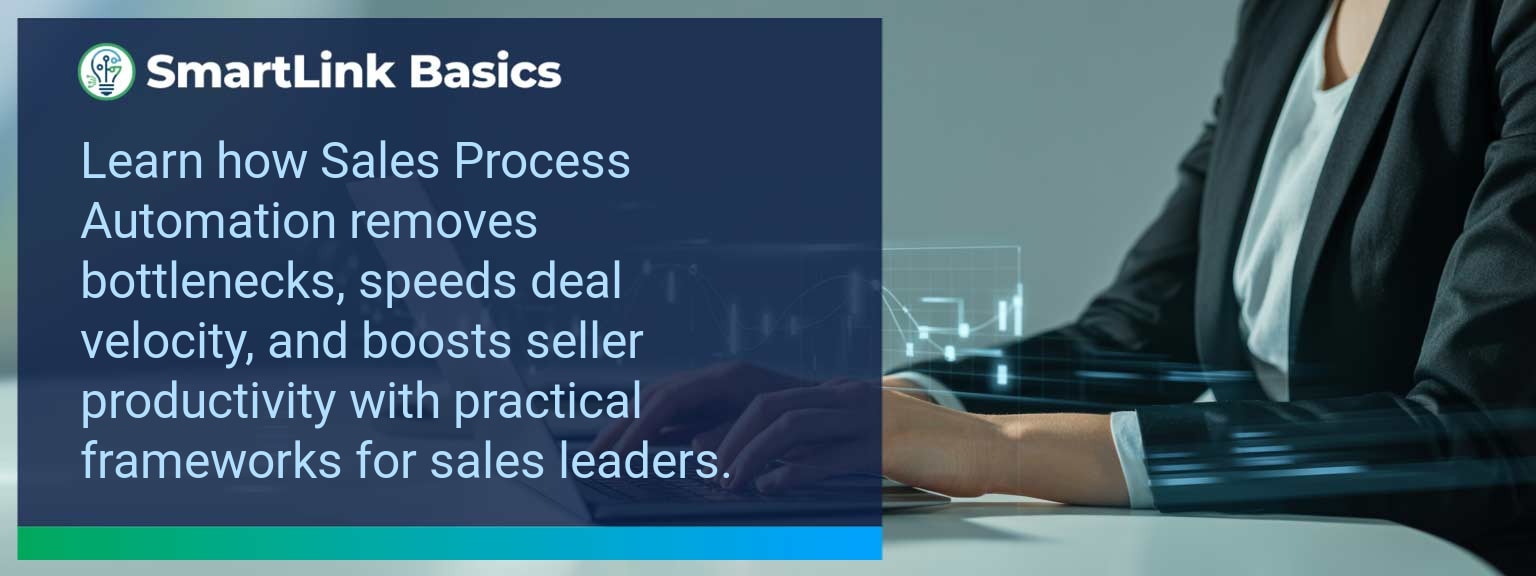Accurate forecasting and rapid decision-making depend on the ability to process and analyze data efficiently. According to a Forrester study, organizations lose up to 12% of revenue annually due to inefficient data workflows. At SmartLink Basics, we’ve seen sales leaders shorten cycle times and improve forecast reliability by integrating AI powered Excel formulas directly into their revenue operations. This approach automates repetitive work, reduces manual errors, and frees teams to focus on strategy.
This article explains how sales leaders can implement AI in Excel to handle large datasets, create intelligent automation, and apply machine learning for spreadsheets. You’ll learn the core challenges with manual processes, how AI-driven formulas solve them, the measurable gains you can expect, and the next evolution in Excel AI integration.
- AI powered Excel formulas reduce manual entry and accelerate analysis.
- They integrate with machine learning models for smarter predictions.
- Automation improves accuracy in revenue forecasts and reporting.
- Teams save hours weekly by replacing repetitive tasks with AI logic.
- Seamless Excel AI integration increases productivity across sales operations.
Common Struggles In Manual Data Entry
Manual data handling in Excel slows down decision velocity. Errors in formulas, inconsistent data formats, and repetitive updating cycles consume valuable hours. Sales operations teams often spend more time fixing spreadsheets than analyzing them. This fragmenting of effort reduces overall productivity. For example, a B2B software company we worked with tracked client acquisition costs using multiple Excel sheets, often updated by different teams. Inconsistencies created gaps in critical metrics, delaying forecasting. The key is to remove the high-friction, error-prone steps that do not require human judgment by using automation tools and AI in Excel.Leveraging AI For Smarter Formulas
AI powered Excel formulas can generate, adapt, and optimize calculations in real time. Leveraging Excel automation tools paired with AI models enables automated formula generation, predictive analytics, and rapid what-if analysis. For instance, an enterprise sales leader can use machine learning for spreadsheets to predict deal probabilities, automatically rank opportunities, and flag risk accounts. This replaces static reports with intelligent decision dashboards. Start by defining which business questions require recurring formula work. Then, integrate AI capabilities—either through Microsoft’s built-in AI functions or third-party Excel AI formulas—to automate them.Increased Accuracy And Time Savings
Automating formula creation with AI cuts calculation errors nearly to zero and releases time for higher-value work. AI data analysis also enables near-real-time updates without manual intervention. A logistics firm using AI formulas for demand forecasting reduced forecast variance by 18% and shaved 12 hours off monthly reporting cycles. This let the sales team spend more time with customers rather than in spreadsheets. The actionable win: identify a single recurring reporting process and re-engineer it with AI automation.The Next Step In AI Excel Integration
Excel’s AI integration is evolving toward direct connections with enterprise systems and deeper automation layers. Soon, AI will not only suggest formulas but also execute multi-step data workflows across sheets, dashboards, and CRM platforms. Early adopters of AI-powered Excel workflows will gain a compound advantage. By embedding automated insights into the revenue operating rhythm, they enable faster pivots and tighter execution. To stay competitive, prioritize small, high-impact AI deployments now, and iterate toward full AI-assisted revenue analytics.Metrics That Matter
| Category | Metric | Definition | Target |
|---|---|---|---|
| Leading | Formula Automation Rate | % of recurring formulas generated by AI | >75% |
| Lagging | Forecast Accuracy | Variance between predicted and actual results | <5% |
| Quality | Data Error Rate | Errors per 1,000 formula executions | <1 |
Get the 90-day plan, coaching rubric, and dashboard template to operationalize AI in your enablement program.









